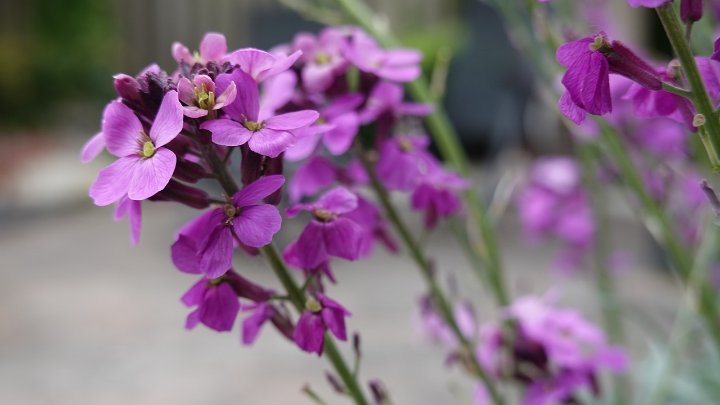Stock Flowers (Matthiola), with their delightful fragrance and vibrant blooms, are popular choices for gardens and floral arrangements alike. If you’re considering adding these charming flowers to your garden, here’s a comprehensive guide on how to cultivate and care for stock flowers.
Best Stock Flower Varieties
| Image | Name | Rating | Shop |
|---|---|---|---|
 | Stock Katz Apricot Seeds |  | |
 | Stock Katz Formula Mix |  | |
 | Matthiola Stock Flower Seed Mix |  |
Stock Flower Hardiness Zones
Stock flowers thrive in USDA hardiness zones 7 to 10. In these regions, they can withstand the mild winters and warm summers, making them a reliable choice for gardeners looking to add beauty and fragrance to their outdoor spaces.
How Much Sun Do Stock Flowers Need
Stock flowers prefer full to partial sun exposure to thrive. Plant them in a location where they will receive at least six hours of sunlight per day. Adequate sunlight ensures robust growth and abundant blooming, allowing you to enjoy the beauty of your stock flowers throughout the growing season.
Stock Flower Soil Requirements
Well-drained soil is essential for the successful growth of stock flowers. Choose a planting site with fertile, loamy soil that drains well after watering. Amending the soil with organic matter such as compost or aged manure can improve its texture and fertility, providing an ideal growing environment for your stock flowers.
Stock Flower Soil pH
Stock flowers prefer neutral soil pH, ideally ranging from 6.5 to 7.0. Testing the soil pH before planting can help you make any necessary adjustments to ensure optimal growing conditions for your stock flowers.
Stock Flower Plant Spacing
When planting stock flowers, space them approximately 1 to 3 feet apart, allowing enough room for their mature size. Stock flowers typically grow to heights of 1 to 2 feet and spread 1 to 2 feet wide, so providing adequate spacing ensures proper air circulation and prevents overcrowding, which can lead to disease issues.
Stock Flower Water Requirements
Stock flowers require consistent moisture to thrive, especially during hot summer months. Water your stock flowers deeply once a week, providing approximately 1 inch of water each time. Mulching around the base of the plants can help retain soil moisture and suppress weed growth, promoting healthy growth and blooming.
Stock Flower Temperature Requirements
Stock flowers prefer cool weather and may struggle in extreme heat. Plant them in early spring or late summer to take advantage of milder temperatures. Providing afternoon shade during hot summer days can help protect stock flowers from heat stress and prolong their blooming period.
Stock Flower Humidity Requirements
Stock flowers do not tolerate high humidity well and may be susceptible to fungal diseases in humid conditions. Plant them in well-ventilated areas with good air circulation to minimize humidity-related issues. Avoid overhead watering, as this can increase humidity levels around the plants and promote disease development.
Stock Flower Fertilizer Requirements
Stock flowers are not heavy feeders and typically do not require much fertilizer. A balanced, slow-release fertilizer applied at planting time can provide the necessary nutrients for healthy growth and blooming. Avoid over-fertilizing, as excessive nitrogen can promote lush foliage growth at the expense of flowers.
Stock Flower Pests
Stock flowers may attract pests such as aphids, flea beetles, and cabbage white caterpillars. Monitor your plants regularly for signs of pest activity and treat affected areas promptly with insecticidal soap or neem oil. Providing a diverse garden environment with beneficial insect-attracting plants can help naturally control pest populations.
Stock Flower Diseases
Stock flowers may be susceptible to fungal diseases such as fusarium wilt, gray mold, leaf spot, root rot, and verticillium wilt, particularly in humid conditions or poorly draining soil. To prevent disease issues, ensure proper soil drainage, provide adequate air circulation, and avoid overhead watering. Remove and destroy any infected plant material promptly to prevent the spread of disease.
By following these guidelines for growing and caring for stock flowers, you can enjoy an abundance of fragrant blooms and lush foliage in your garden. With their versatility and beauty, stock flowers are sure to become a cherished addition to your outdoor landscape.
















